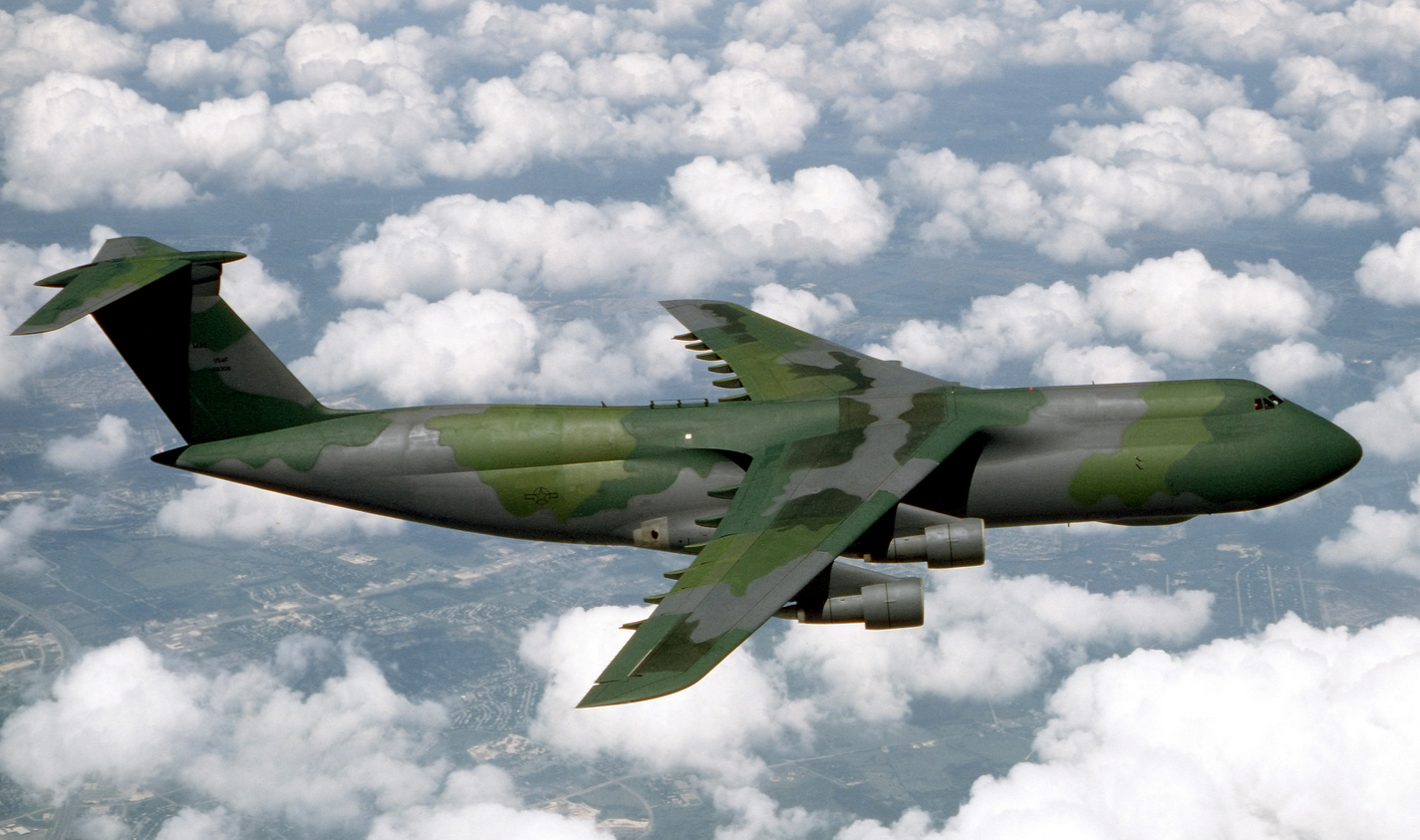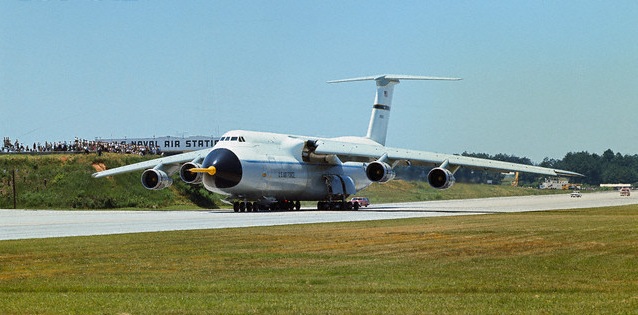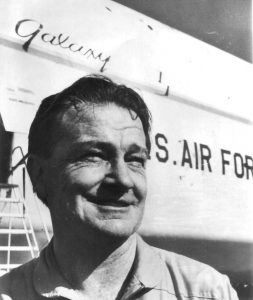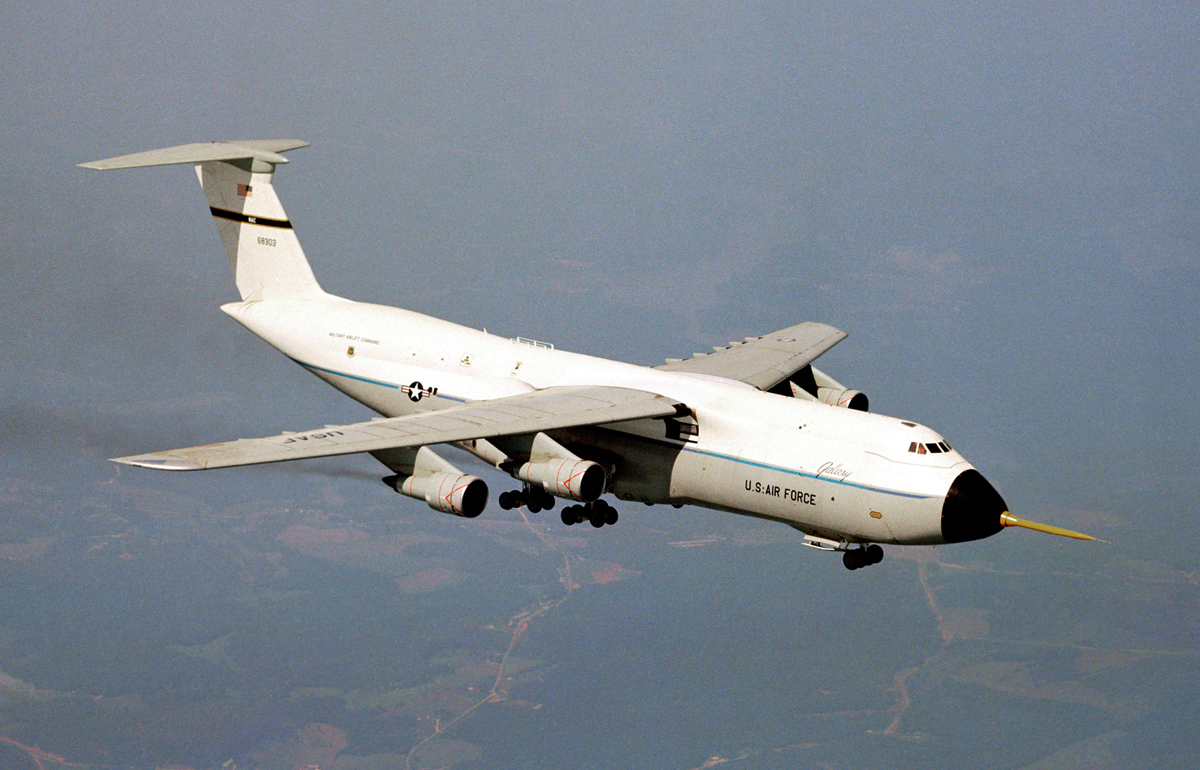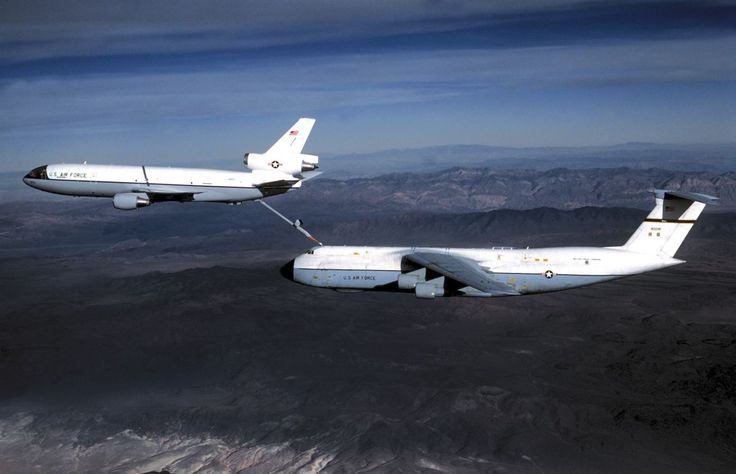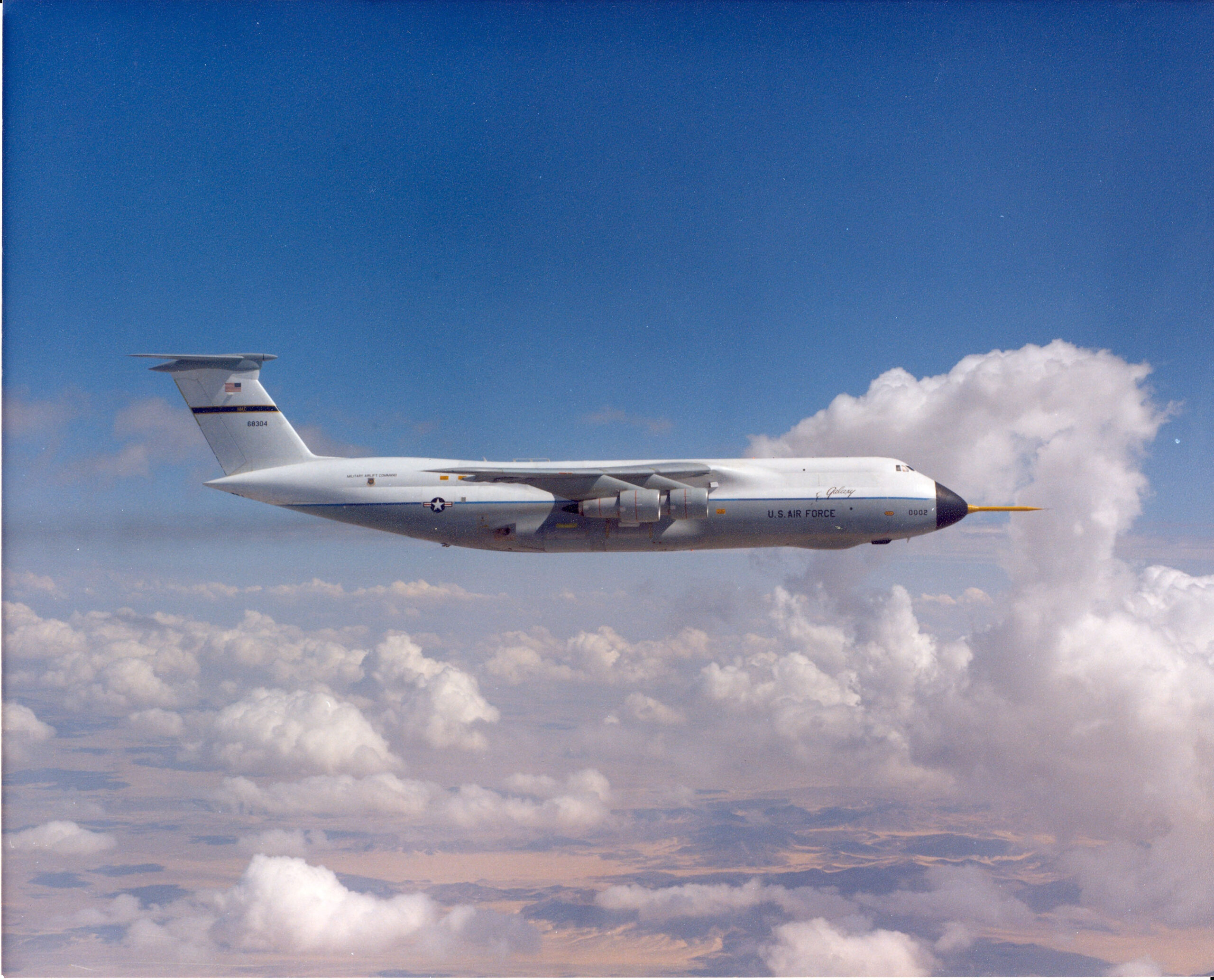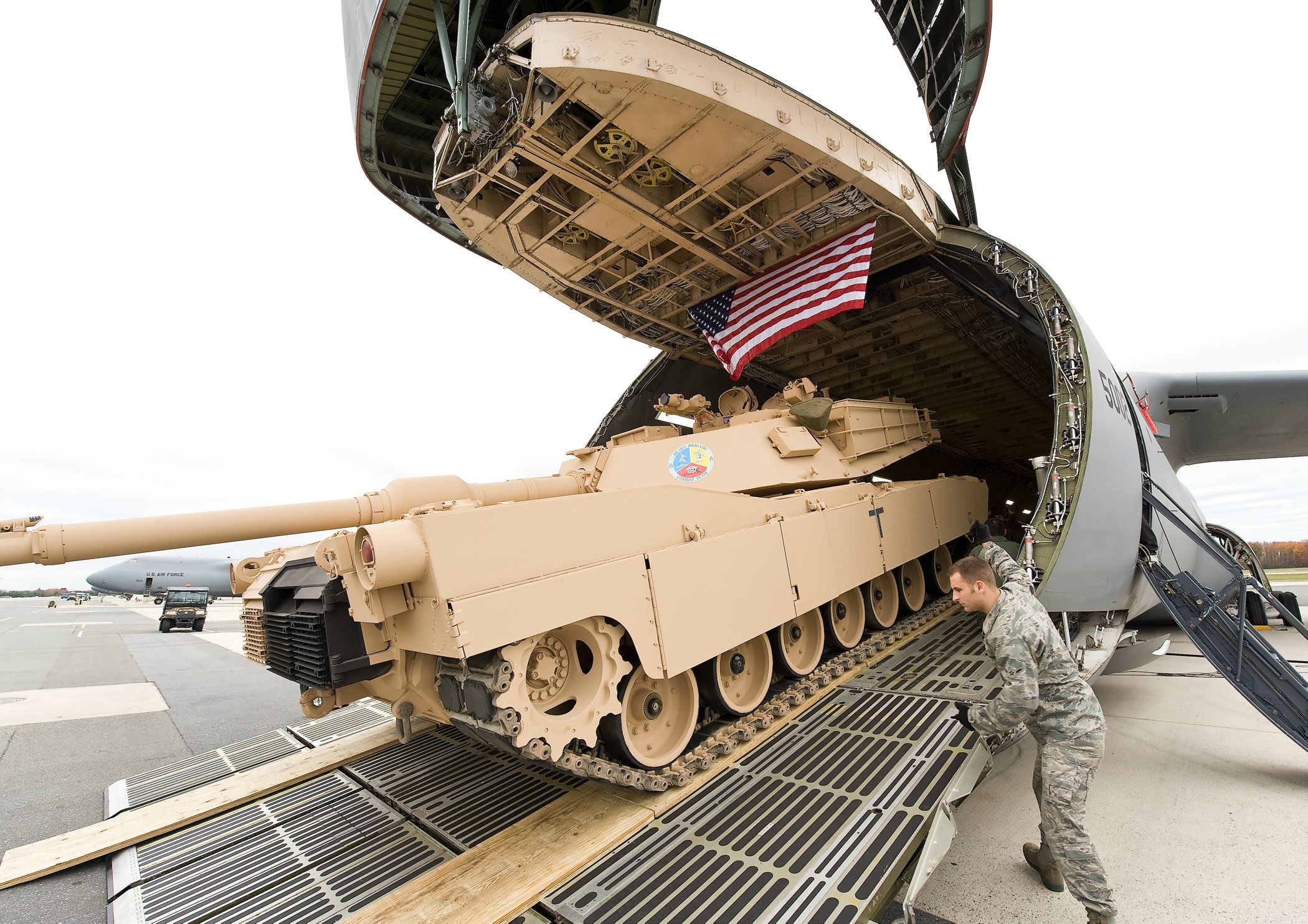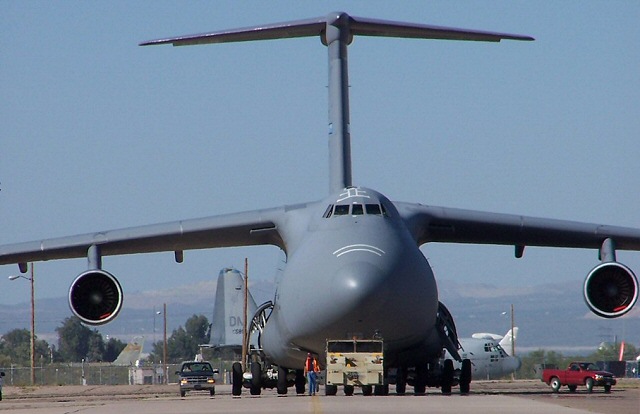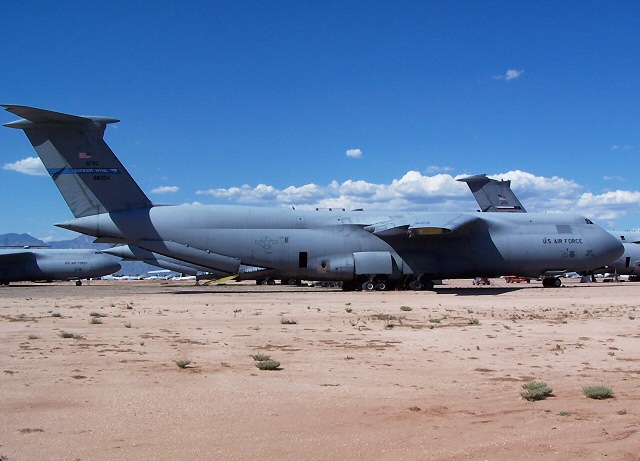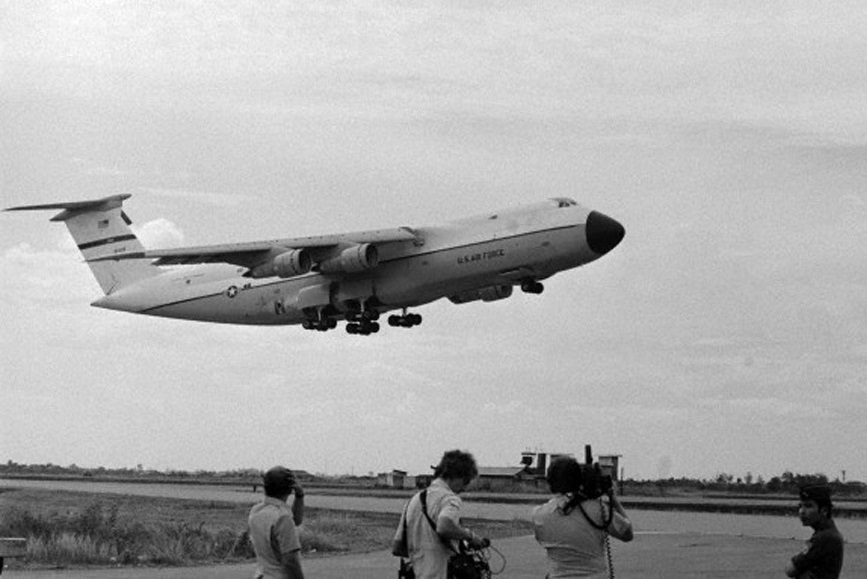
4 April 1975: Operation Babylift. As the end of the Vietnam War approached, it was decided to evacuate 2,000 orphans, most in the care of an American hospital in Saigon, Republic of South Vietnam, and to take them to safety within the United States. The first flight was aboard a U.S. Air Force Lockheed C-5A Galaxy heavy lift transport, serial number 68-0218, piloted by Captains Dennis W. Traynor III and Tilford Harp.
A medical team from Clark Air Base, The Philippines, commanded by First Lieutenant Regina Claire Aune, Nurse Corps, United States Air Force, was aboard when the huge transport plane landed at Tan Son Nhut Air Base in Saigon. When it was discovered that there would be about 250 orphans aboard, many of them sick or injured, another medical team from a C-141 Starlifter volunteered to accompany Lieutenant Aune’s team for the outbound flight.
When the Galaxy took off from Saigon at 4:00 p.m., there were 328 people aboard, including flight crew, medical teams, orphans and their escorts, as well as other U.S. personnel.
The C-5A quickly climbed to 23,000 feet (7,010 meters). Just a few minutes after takeoff, the locks of the rear loading ramp failed. Explosive decompression hurled people and equipment throughout the airplane which instantly filled with fog. Lieutenant Aune was thrown the entire length of the upper deck. The airplane was severely damaged with two hydraulic systems inoperative and many flight control cables severed.
The pilots could only control the airplane with engine thrust. They began an emergency descent and turned back to Tan Son Nhut.
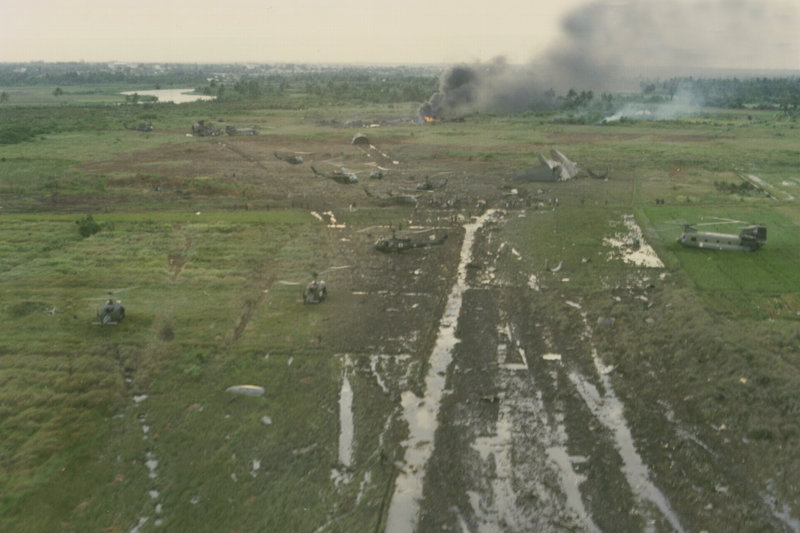
Unable to maintain flight, at about 4:45 p.m., the Galaxy touched down in a rice paddy two miles short of the runway at 270 knots (500 kilometers per hour). It slid for a quarter mile, became airborne for another half mile, then touched down and slid until it hit a raised dike and broke into four sections. 138 people were killed in the crash.
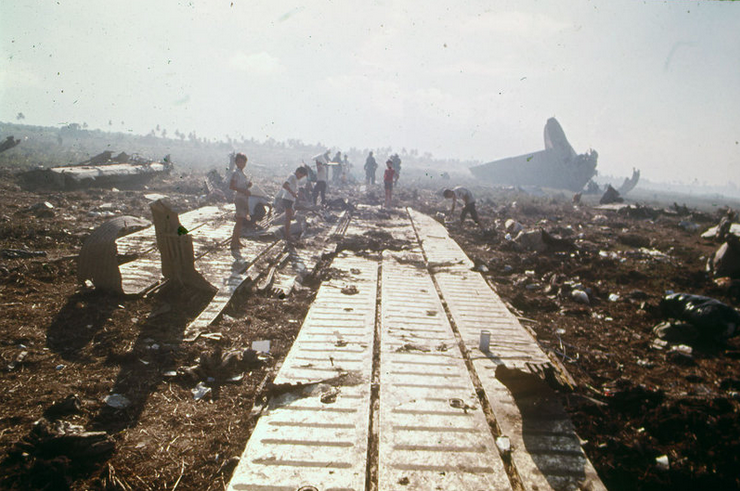
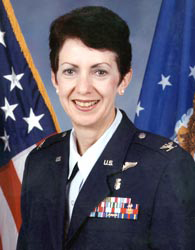
Although herself seriously injured, Lieutenant Aune began evacuating the children. When rescue helicopters arrived, they were unable to land close to the wrecked transport, so the children had to be carried.
After she had helped to carry about eighty babies, Regina Aune was unable to continue. She asked the first officer she saw to be relieved of her duties and then passed out. At a hospital it was found that she had a broken foot, broken leg and broken vertebra in her back, as well as numerous other injuries.

Regina Aune became the first woman to be awarded the Cheney Award by the Air Force, which was established in 1927 and is awarded “to an airman for an act of valor, extreme fortitude or self-sacrifice in a humanitarian interest, performed in connection with aircraft, but not necessarily of a military nature.“
11 members of the crew of the Galaxy were among the dead, including Captain Mary Therese Klinker, Nurse Corps, United States Air Force.
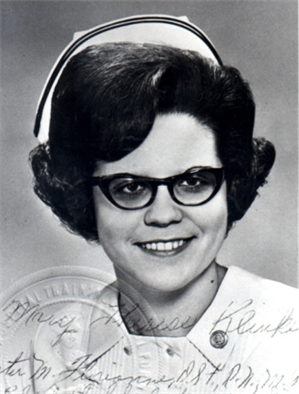
Mary Therese Klinker was born at Lafayette, Indiana, 3 October 1947. She was the daughter of Paul Edward Klinker and Thelma Mary Deane Klinker. She attended Central Catholic High School in Lafayette, graduating in 1965. She then enrolled at St. Elizabeth’s School of Nursing, also in Lafayette. She graduated as a Registered Nurse, May 1968. On graduation, Miss Klinker worked for St. Elizabeth’s.
Miss Klinker joined the United States Air Force, 9 January 1970, and was commissioned as a lieutenant in the Nurse Corps. She qualified as a flight nurse and was promoted to the rank of captain. In 1974, Captain Klinker was assigned to the 10th Aeromedical Evacuation Squadron, Travis Air Force Base, Fairfield, California.
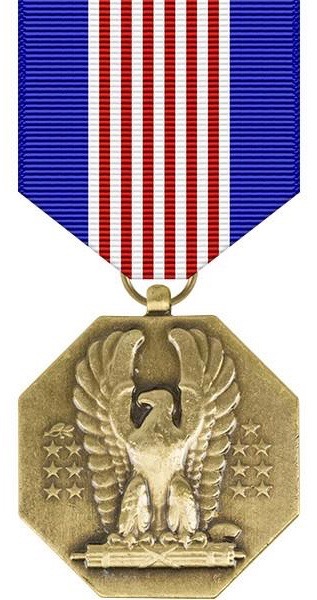
Captain Mary Therese Klinker, Nurse Corps, United States Air Force, 10th Aeromedical Evacuation Squadron, was the last United States service woman to die in the Vietnam War. Captain Klinker was posthumously awarded the Airman’s Medal and the Meritorious Service Medal. She is buried at St. Boniface Cemetery in her home town of Lafayette, Indiana.
Colonel Regina C. Aune had a very impressive career in the Air Force. She earned a master of Science in Nursing degree, and a Ph.D. She served as Chair of the Department of Nursing Research, Commandant of the Graduate School of Nursing and Deputy Brigade Commander at the Uniformed Services University of the Health Sciences. Aune commanded the 437th Medical Operations Squadron and the 437th Medical Group, Charleston AFB, the 377th Medical Group, Kirtland AFB, the 59th Medical Group, Lackland AFB, and the 386th Expeditionary Medical Group, Kuwait in support of Operation IRAQI FREEDOM. She retired in 2007, and passed away, 27 March 2024.
The pilots, Captain Dennis W. Traynor III and Captain Tilford W. Harp, were both awarded the Air Force Cross for what General Paul Carlton, Commander, Military Airlift Command, called “one of the greatest displays of airmanship I have ever heard related.”
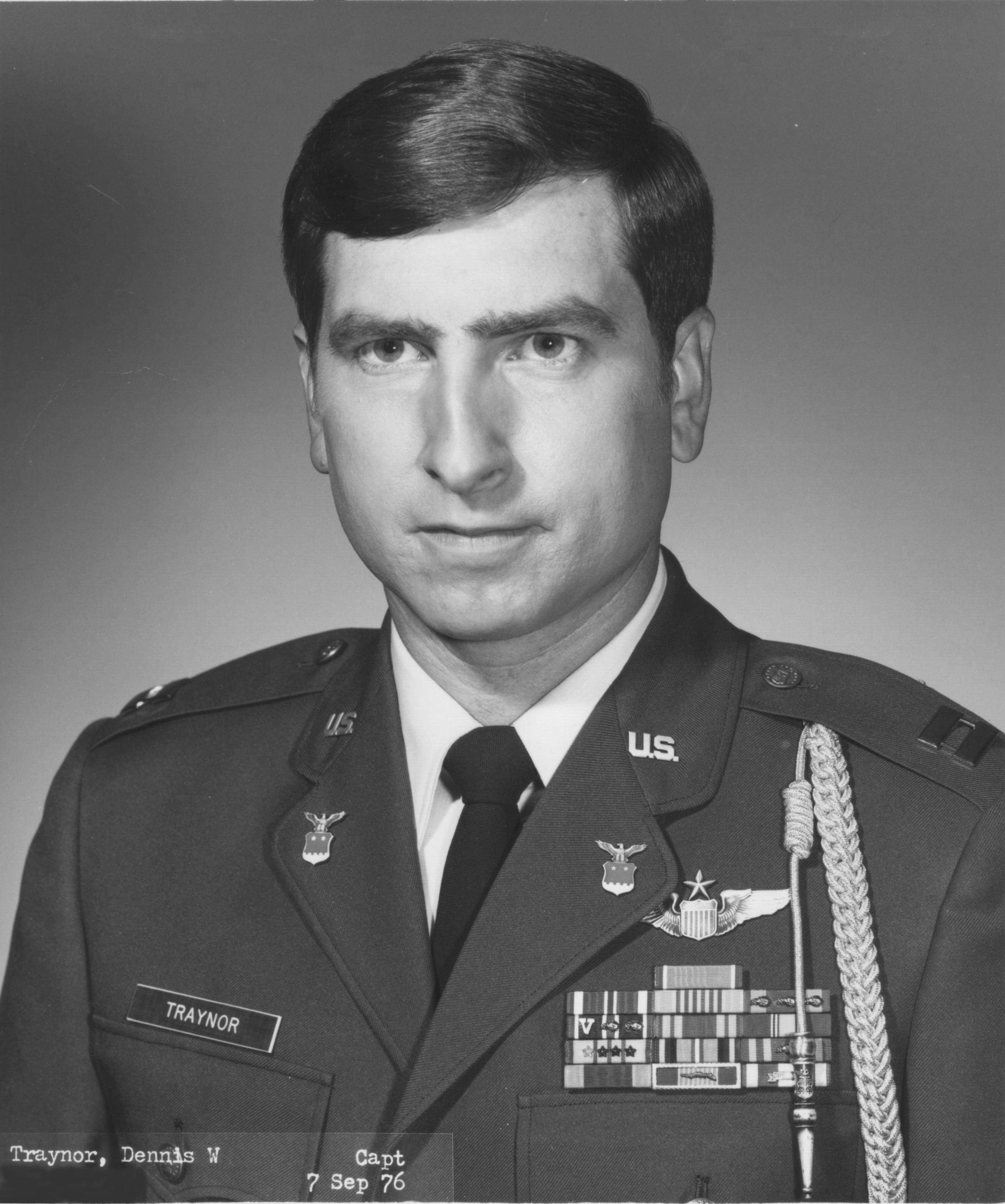
AIR FORCE CROSS
CAPTAIN DENNIS W. TRAYNOR III
Action Date: 3-Apr-75
Service: Air Force
Rank: Captain
Company: 22d Airlift Squadron
Division: Clark Air Base, Philippine Islands
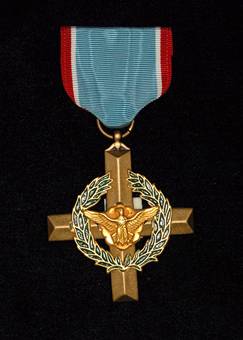
The President of the United States of America, authorized by Title 10, Section 8742, United States Code, takes pleasure in presenting the Air Force Cross to Captain Dennis W. Traynor, III, United States Air Force, for extraordinary heroism and airmanship while engaged in a humanitarian mission as Aircraft Commander of an Air Force C-5A aircraft of the 22d Airlift Squadron, Clark Air Base, Philippine Islands, in action at Saigon, Vietnam on 3 April 1975. On that date, the aircraft, carrying 330 passengers and crew, experienced a serious in-flight emergency which could have resulted in the loss of life for all aboard. With no aircraft controls except one aileron and the engines, Captain Traynor guided the crippled aircraft to a crash landing in a rice paddy, thereby saving the lives of 176 of the people on board. Through his extraordinary heroism, superb airmanship, and aggressiveness, Captain Traynor reflected the highest credit upon himself and the United States Air Force.
AIR FORCE CROSS
CAPTAIN TILFORD W. HARP
Action Date: 3-Apr-75
Service: Air Force
Rank: Captain
Company: 22d Airlift Squadron
Division: Clark Air Base, Philippine Islands

The President of the United States of America, authorized by Title 10, Section 8742, United States Code, takes pleasure in presenting the Air Force Cross to Captain Tilford W. Harp, United States Air Force, for extraordinary heroism and airmanship while engaged in a humanitarian mission as Co-Pilot of an Air Force C-5A aircraft of the 22d Airlift Squadron, Clark Air Base, Philippine Islands, in action at Saigon, Vietnam, on 3 April 1975. On that date, his aircraft, carrying 330 passengers and crew, experienced a serious in-flight emergency which could have resulted in the loss of life for all aboard. With no aircraft controls except one aileron and the engines, Captain Harp provided exceptionally vital assistance to the Aircraft Commander in guiding the crippled aircraft to a crash landing in a rice paddy, thereby saving the lives of 176 of the people on board. Through his extraordinary heroism, superb airmanship, and aggressiveness, Captain Harp reflected the highest credit upon himself and the United States Air Force.
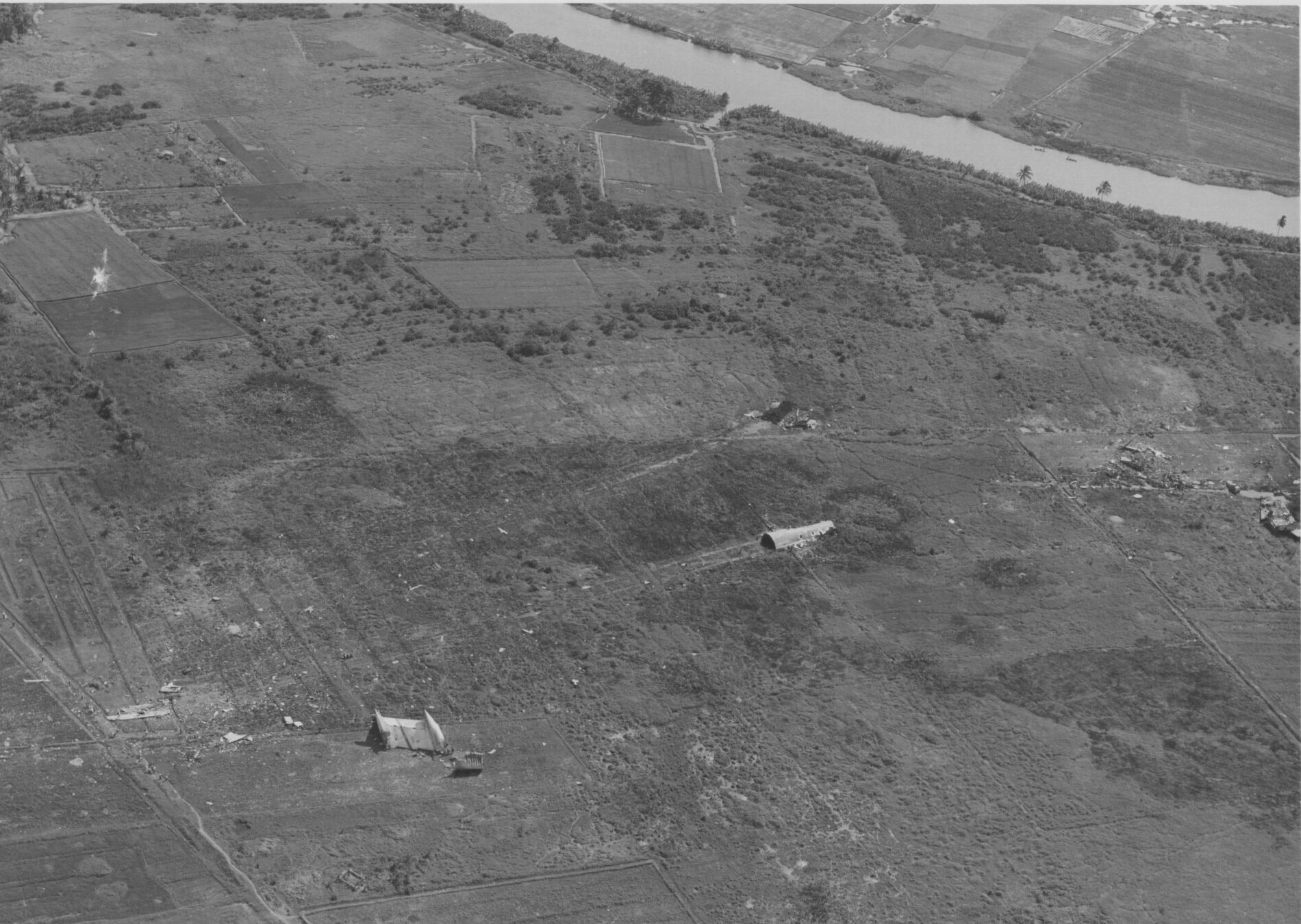
© 2019, Bryan R. Swopes
